In case you are right here to be taught create preset in Lightroom, you’ve come to the precise place. As a result of in at this time’s article, I’ll present you how one can create your individual presets utilizing my confirmed preset improvement methodology.
In case you are simply searching for info on making a preset, under are step-by-step directions.
Right here’s create preset in Lightroom:
- Go into the Develop Module in Lightroom Basic
- Find the Presets panel on the left-hand-side and click on the Plus (+) icon within the high proper nook
- Choose the Create Preset possibility from the drop-down menu
- Examine the modifying changes you need to save because the preset
- Identify the Preset and specify the Group it belongs to
- Press the Create button
For in-depth particulars on creating panorama particular preset, test the tutorial under.
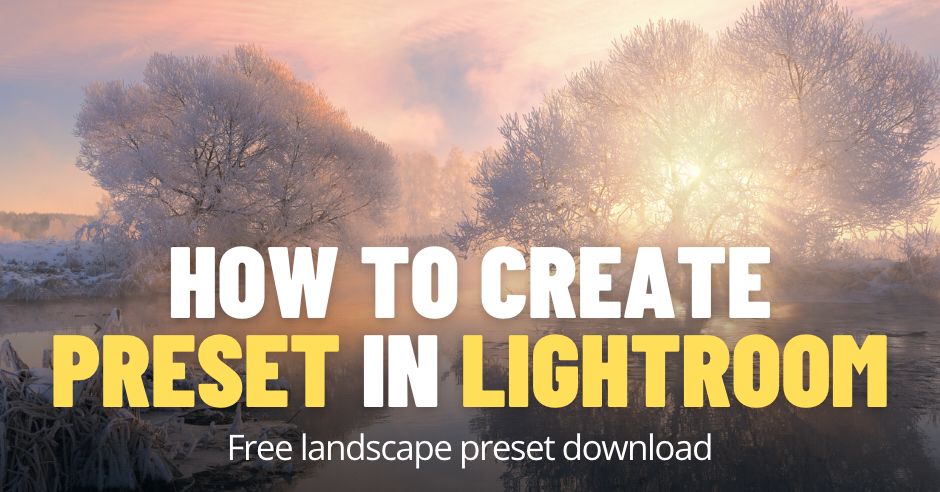
In at this time’s article, I need to transcend the usual directions the place you inform folks to edit the picture in Lightroom any means they need and save all of the modifying steps as a preset.
This tutorial gives you very actionable directions on create a common preset that may work with 90% of panorama photographs. The preset you’ll hold reusing for years to return.
Panorama images we take will differ relying on lighting circumstances, the kind of landscapes, and your taking pictures fashion. And if you happen to go too deep into the Lightroom modifying course of and attempt to save your edits as a preset, the preset received’t be very helpful. It is going to be too particular for a specific picture and may work solely with a tiny share of your panorama images. Its usefulness might be minimal.
The purpose is to create a foundational preset that covers round 80% of any panorama picture post-processing. And the remainder, 20% or so, would require a customized intervention to make each picture distinctive.
Let’s get began.
The best way to Create Preset in Lightroom Basic
For at this time’s tutorial, I chosen the picture I took in Sequoia Nationwide Park in California. It is a wonderful picture to create a foundational preset as a result of it has a lot of the elements of a typical panorama {photograph}, similar to prolonged dynamic vary, vegetation within the foreground, and atmospheric fog within the background.


Let’s begin making a genetic panorama Lightroom preset.
Step 1: Enhancing Composition with the Crop Overlay Instrument
After I begin modifying any panorama picture, step one is to see if I can enhance the composition by cropping it.
On this case, I can enhance the picture by making the compositing tighter.
I used the Crop Overlay (R) instrument to crop the picture however preserved the unique facet ratio.


Please observe that cropping adjustment is not going to be part of the preset; I simply needed to comply with my common picture modifying routine.
Step 2: Straightening the Photograph with Remodel Instruments
Subsequent step, I needed to guarantee that all horizontal strains of the picture have been horizontal and all vertical have been completely vertical.
In most panorama images, you must make sure that the horizon is straight. And if it’s not, you must repair it.
In my case, I didn’t have an issue with the horizon as a result of the sequoia forest shields it. However I had one other subject which is typical for panorama captures; the vertical strains wanted to be straightened.
After I took the shot, I tilted the digital camera backward, and in consequence, the timber within the picture converged from the underside to the highest, which didn’t look pure.
I mounted it shortly by shifting the Vertical slider from the Remodel modifying panel to the left.


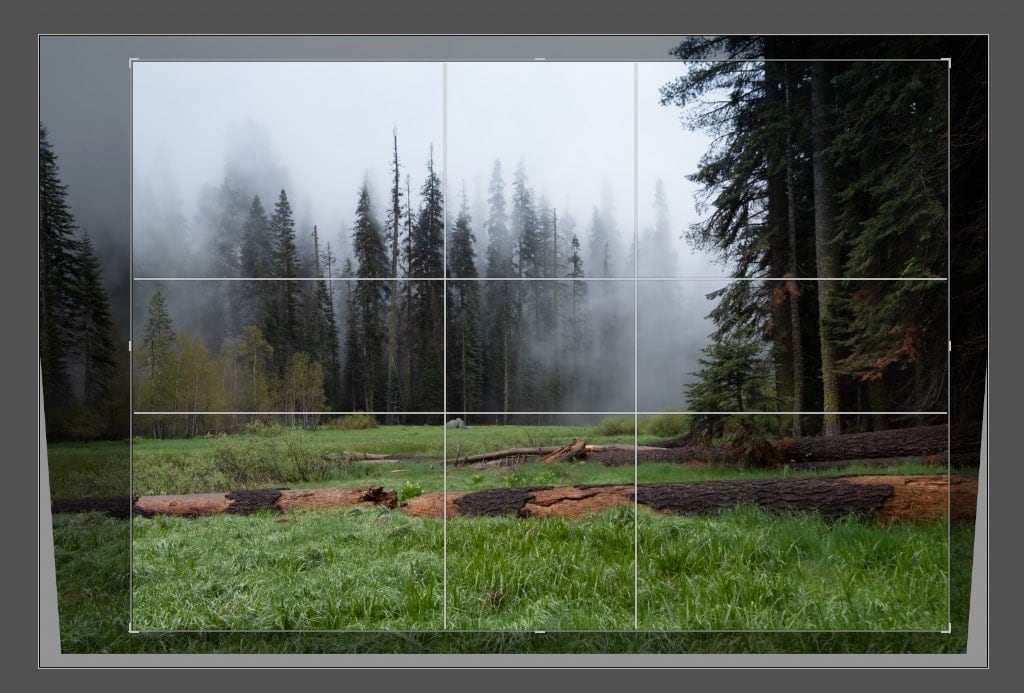

Ultimately, I had a picture with improved composition and sound geometry.


I might transfer to the processing.
Step 3: Extending the Dynamic Vary within the Fundamental Panel
Once we shoot landscapes, as a rule, we cope with scenes with an prolonged dynamic vary. This picture was not an exception. For me, step one of processing was to maximise the dynamic vary of the unique RAW picture.
I did it by recovering the highlights and lifting the shadows.
I moved the Highlights slider to the left (-100) and the Shadows slider to the precise (100).
However it was not sufficient. I used to be involved that I’d clip the shadows or highlights within the following steps when engaged on distinction.
I prolonged the dynamic vary additional through the use of the White and Black sliders.
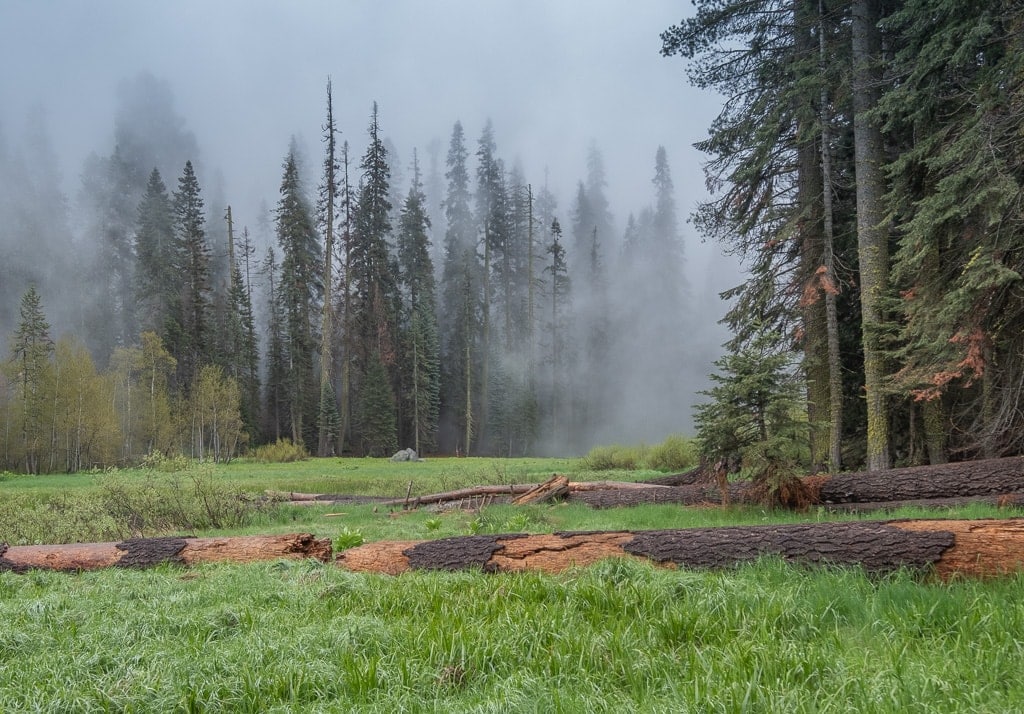

Now, if you happen to test the Histogram of the edited picture, you may see the way it differs from the unique one.
Within the authentic picture, I hardly had any midtones; the vast majority of picture pixels have been distributed throughout shadows and highlights.
After recovering the highlights and lifting shadows, the Histogram signifies that the majority pixes at the moment are in midtones. It’s a extra balanced picture, which might be simpler to edit.
However you may as well discover that the picture seems to be blunt with no distinction and colours. I wanted to stability it by growing the distinction and saturation.
I desire to keep away from addressing the distinction and saturation within the Fundamental panel as a result of it’s simple to clip the shadows through the distinction enhance and oversaturate particular colours when utilizing the saturation and vibrancy sliders.
To keep away from future issues, I solely barely elevated the distinction and saturation within the Fundamental panel to compensate for the discount of shadows and highlights.


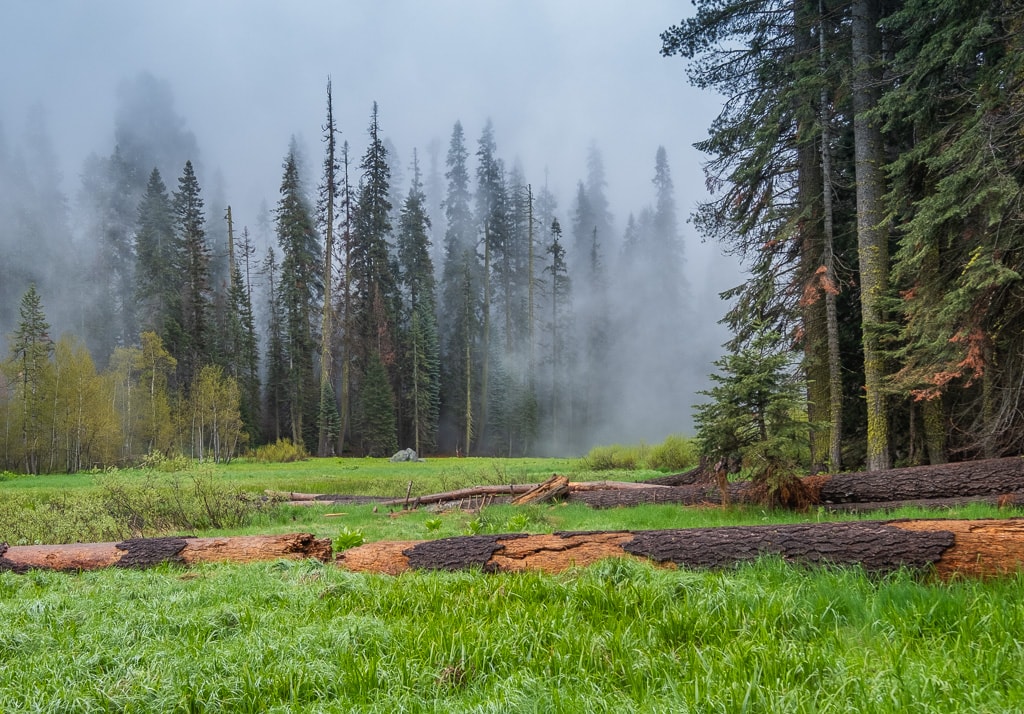

Step 4: Boosting the Distinction within the Tone Curve Panel
The Tone Curve panel is my most popular place to regulate the distinction of the panorama photographs. It permits me to guard the highlights and shadows and solely work with the midtones when adjusting the distinction.
Under are the values of the adjustment sliders I used for the distinction enhance.
As you may see, I moved the Highlights slider to the left and the Shadows slider to the precise to guard them from clipping.
And I boosted the distinction by adjusting the Lights and Darks sliders. And I used the totally different values for the Lights and Darks sliders, guaranteeing I elevated the distinction within the brighter space of the picture at the next diploma.


You can not obtain such management over the distinction within the Fundamental panel utilizing the Distinction and Readability sliders.
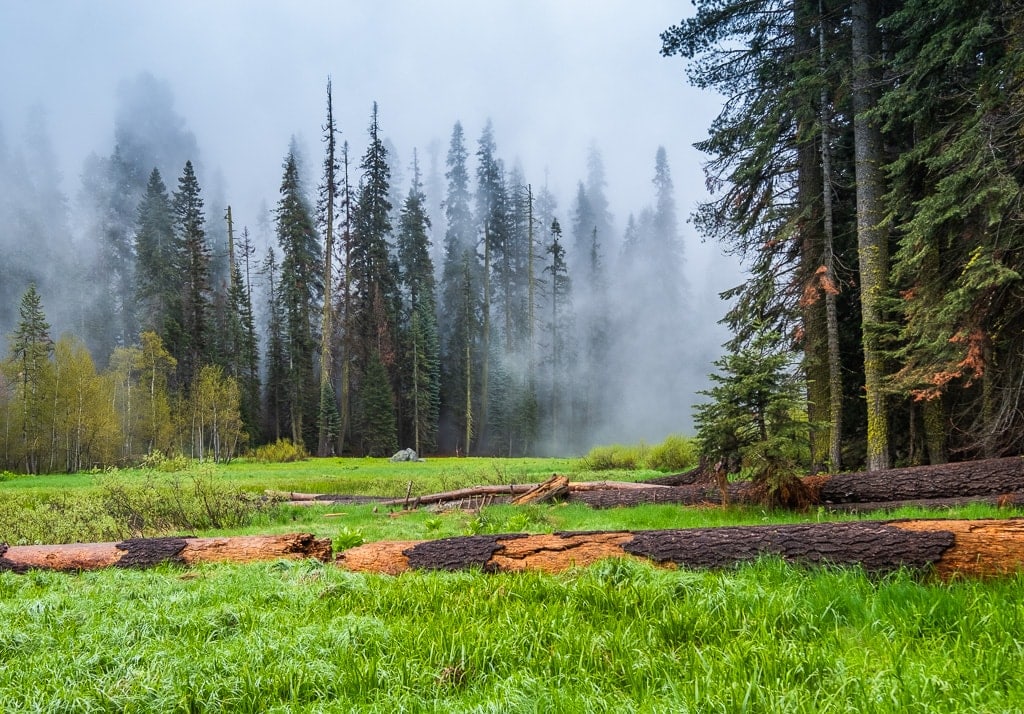

Step 5: Selective Saturation within the SHL Panel
To create a visually pleasing picture, you should use colours with totally different saturation ranges. And it’s not possible to realize it within the Fundamental panel by solely utilizing the Saturation and Vibrance sliders. As a substitute, I used selective saturation within the SHL panel, the place I had full management over the totally different hues of the picture.
First, I made the changes to the Hues values.
With regard to panorama pictures, I see two points with how the digital sensor information colours.
First, it shifts blue hues in the direction of the purple spectrum. It typically occurs if you shoot an open sky with a superbly blue shade; the digital seize could have an unnatural purple tint. I hate it.
Second, I dislike how digital sensors add blue hues to the greens. It makes the vegetation within the panorama images unpleasing. And if you attempt to enhance the saturation, the vegetation within the digital picture turns into “electrical inexperienced.”
To compensate for the hue points, I moved the Inexperienced slider towards the Yellow spector and the Blue slider towards the inexperienced.
Subsequent, I addressed Saturation.
That is probably the most essential step when utilizing selective saturation.
I elevated the saturation of Inexperienced and Yellow hues.
On the identical time, I decreased the saturation of the Blue.
The logic right here is that when you’ve gotten an enormous space of oversaturated sky, it overpowers and ruins every little thing.
Lastly, I tweaked Luminosity (Lightness)
Since in most panorama images, the realm of the sky is the brightest a part of the seize, I needed to stability it with the remainder of the picture by making it darker.


And I’m finished.


Step 6: Including Vignetting within the Impact Panel
Each panorama picture wants vignetting. It helps to steer the viewer towards the middle of the picture, away from the perimeters.
I used the worth of -22, which is an arbitrary quantity as a result of you’ll seemingly have to regulate the extent of vignetting for each picture you edit individually.
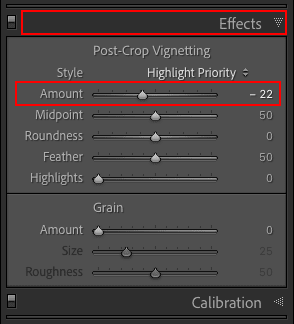

That was it. I used to be finished and able to save modifying changes as a preset.
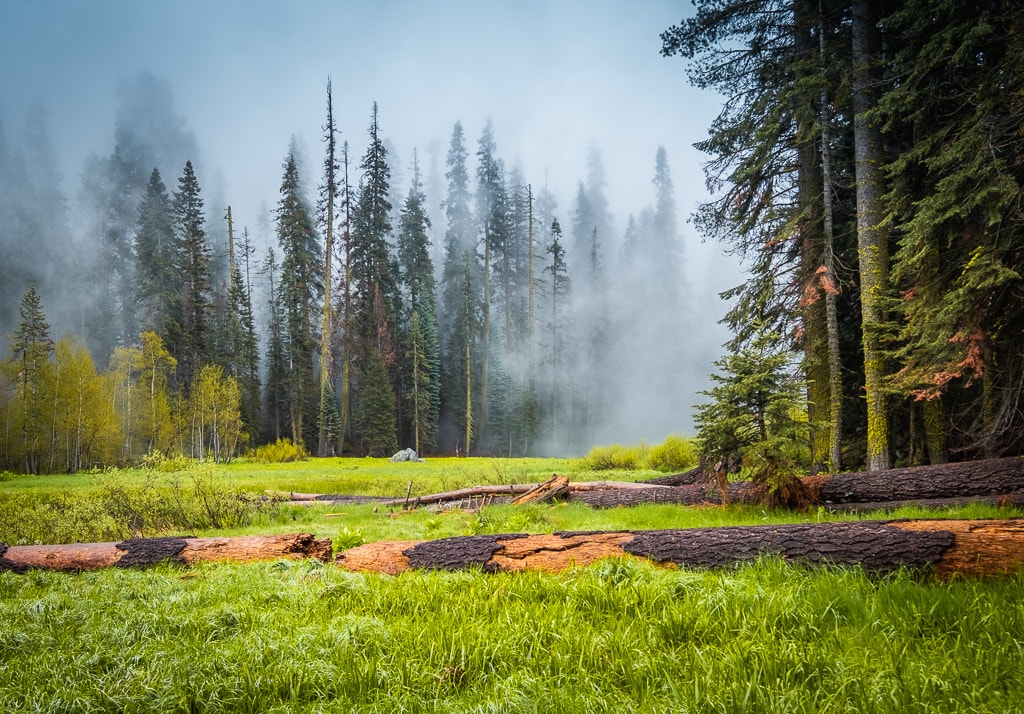

The best way to Save Preset in Lightroom
Within the develop module of Adobe Lightroom Basic, find the Presets panel on the left aspect of the interface.
Click on the ‘+’ icon and choose the ‘Create Preset…’ possibility from the menu.


And right here is probably the most essential step of the preset creation.
To create a generic new preset, you should uncheck the parameters that might be distinctive for each panorama picture you’ll edit.
You could uncheck the Publicity as a result of any given picture may be overexposed, underexposed, or spot-on uncovered, and you’ll need to tweak the Publicity for a lot of the images you edit.
The identical goes for the Remodel instruments and Profile Correction.
Now give the preset title and select the group it belongs to. Optionally, you may create a brand new group or depart ‘Consumer Presets’ as a default worth.
Lastly, hit the ‘Create’ button, and you’re finished.


Now it’s your flip. Choose your individual panorama picture and undergo the method of making the Lightroom presets I outlined above. However, if you happen to can’t do it for some purpose, obtain the preset I simply created. After downloading the preset, import it to Lightroom, and you’re able to go.
Listed here are the directions on import presets to Lightroom. You need to use the preset on each Cellular and Desktop variations of Lightroom.
The best way to Use the Presets in Lightroom
Now, let me display my routine for utilizing a generic panorama preset.
Right here is the picture I took within the native park in Montreal round dawn, and I needed to course of it utilizing the panorama preset I simply created.


After making use of the generic panorama preset, that is the consequence I achieved.


I might see 2 points I wanted to handle.
- The picture was too darkish.
- The blue space of the sky was oversaturated.
I mounted the problems with 2 easy changes:
- I elevated the Publicity worth (+0.30) within the Fundamental pane.
- I decreased the saturation of the sky with the assistance of the Blue slider (worth: -46) within the HSL panel.


That is the workflow I exploit when modifying panorama images. It’s not fairly a one-click course of however fairly shut.
The best way to Create Preset in Lightroom | Last Ideas
Studying create presets in Lightroom is a worthwhile talent for any photographer. The method could seem intimidating initially, however it would turn into second nature for you very quickly. Finally, creating presets can prevent time whereas modifying your landscapes and guaranteeing that your images have the identical constant appear and feel.

